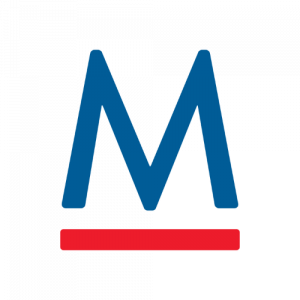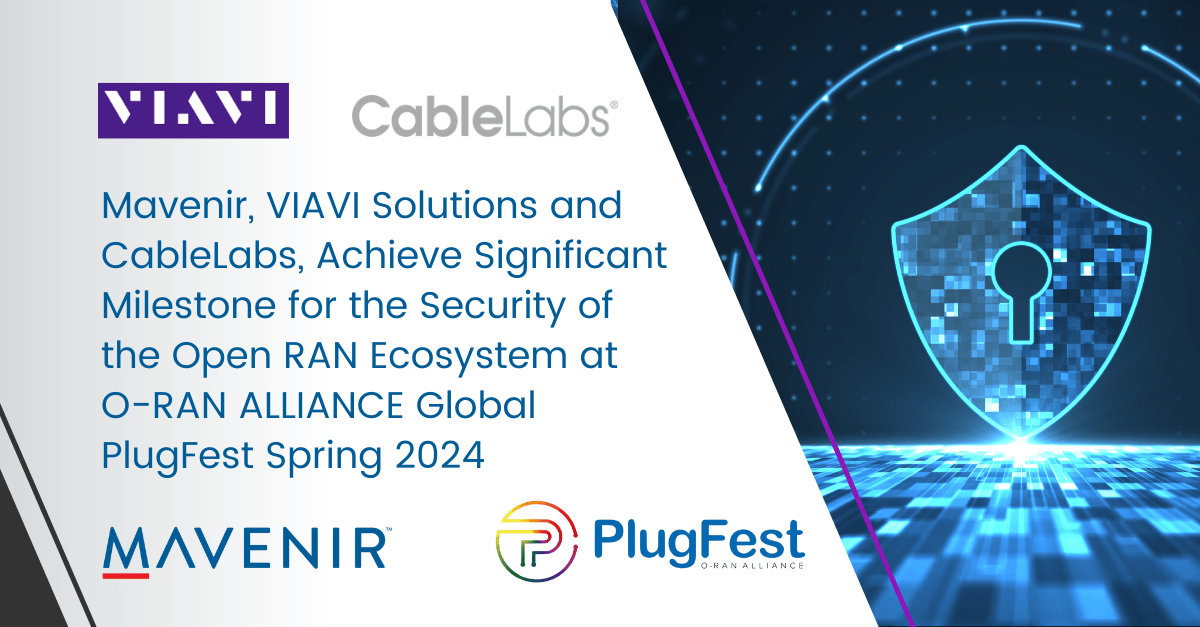Vodafone: Plauen in Germany Laces Together Open RAN First
Plauen, Germany – November 10th, 2021: Plauen in Germany, famous for its embroidery and fine lace, is now weaving a rich ‘digital tapestry’ using the latest Open Radio Access Network (RAN) mobile technology.
The German Federal Ministry of Transport and Digital Infrastructure is part-funding a new project to transform Plauen into an Open RAN city, with technical know-how from Vodafone, Nokia and Mavenir.
Plauen will soon become home for pioneering field tests of new Open RAN technology, and with the participation of Nokia, play host to the first European vendor to trial compatible software in this space. Mavenir will also be testing some of its new Open RAN kit for the first time in a live environment.
The transformation of Plauen, a Saxony city served by the Whiter Ester River, is an example of how collective political and industry willpower can maintain the flow of innovation throughout Europe. It is a blueprint for other cities, which will collectively help Europe maintain its technological leadership.
Open RAN is key to meeting the EU’s ambition to provide 5G to all by 2030. Open RAN will transform mobile masts into software-driven, smart towers capable of supporting Augmented and Mixed Reality applications for use in telemedicine, homes, transport, and factories.
Today’s mobile sites, or masts, comprise standardised, monothetic systems manufactured by a handful of traditional vendors. This uniform approach has served the industry well in extending 4G to many more places. But for 5G, and later 6G, to live up their potential and to transform our lives requires far more agile and automated networks based on common open architecture and open API’s.
Open RAN is just that. It divides the hardware and the software of a mobile site – such as the antennas and computing equipment below the mast linking smartphones and IoT devices to the Internet.
Open RAN ensures each component, no matter who created it, can ‘talk’ to each other. This leads to greater interoperability. And with that comes greater freedom for specialist software providers, start-ups, and local companies to enter the fray – while the use of general-purpose hardware brings down the cost of deployment.
Plauen is one of the first European cities to embrace this forward-looking approach. And Vodafone partners Nokia and Mavenir have been instrumental in getting there.
Nokia has chosen Plauen to introduce its first Open RAN compatible equipment to test both 4G and 5G technologies with Massive MIMO capabilities. This means increasing the capacity of a single mobile site to support many more users without having to build new masts.
Nokia will initially deploy a RAN Intelligent Controller (RIC) platform – this is essentially the central software-based nervous system that allows a growing community of developers to try out new applications. For example, using AI-based features Vodafone will be able to boost the network signal for customers whilst reducing by about a third the hardware needed to do it. The twin benefits of this are a better service to customers and a reduction in energy consumption.
Similarly, US-based Mavenir – a pioneer in developing technology to support software-based and automated networks – will install an Open RAN compliant 4G and 5G system across several locations in Plauen. They will integrate their own radio units, other units from MTI Technology, and include Massive MIMO capabilities. All will be running the Mavenir Open RAN software and using COTS (Common Off The Shelf) servers provided by Supermicro. This is the first time Mavenir ‘Massive MIMO Open RAN’ antennas will be tested in the field in Europe.
Innovation mustn’t stop at Plauen. With political willpower, Vodafone is helping to drive the Open RAN ecosystem in Europe through greater R&D tie-up’s with other industry players, including international chipset manufacturers.
Building on its Open RAN Test and Integration lab in Newbury, UK, Vodafone is supporting Deutsche Telekom’s Open Lab in Berlin, known as i14y Lab, underpinning the importance of collaboration in this area.
Today, Plauen remains a heartland for fine lace and embroidery. Following political and industry cooperation, the city can now draw on this industrial and creative heritage, to build Europe’s first Open RAN city.



